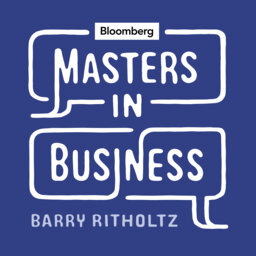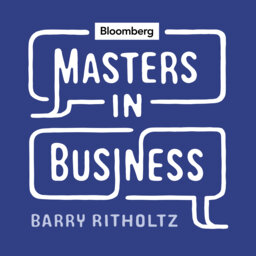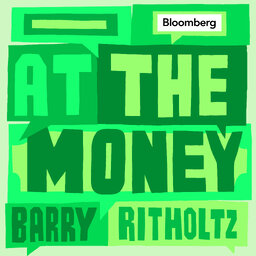Lucid CEO Peter Rawlinson on Computer Automotive Engineering
Bloomberg Radio host Barry Ritholtz speaks to Peter Rawlinson, chief executive officer, chief technology officer and member of the board of directors at Lucid Motors Inc., where he is responsible for the company’s strategy and execution, as well as the creation and delivery of all Lucid products. Before Lucid, Peter was vice president of vehicle engineering at Tesla Inc. and chief engineer of the Model S. Before joining Tesla in February 2009, he led vehicle engineering at Corus Automotive. He was previously chief engineer of advanced engineering at Lotus Cars Ltd. and principal engineer at Jaguar Cars Inc.
 Masters in Business
Masters in Business


